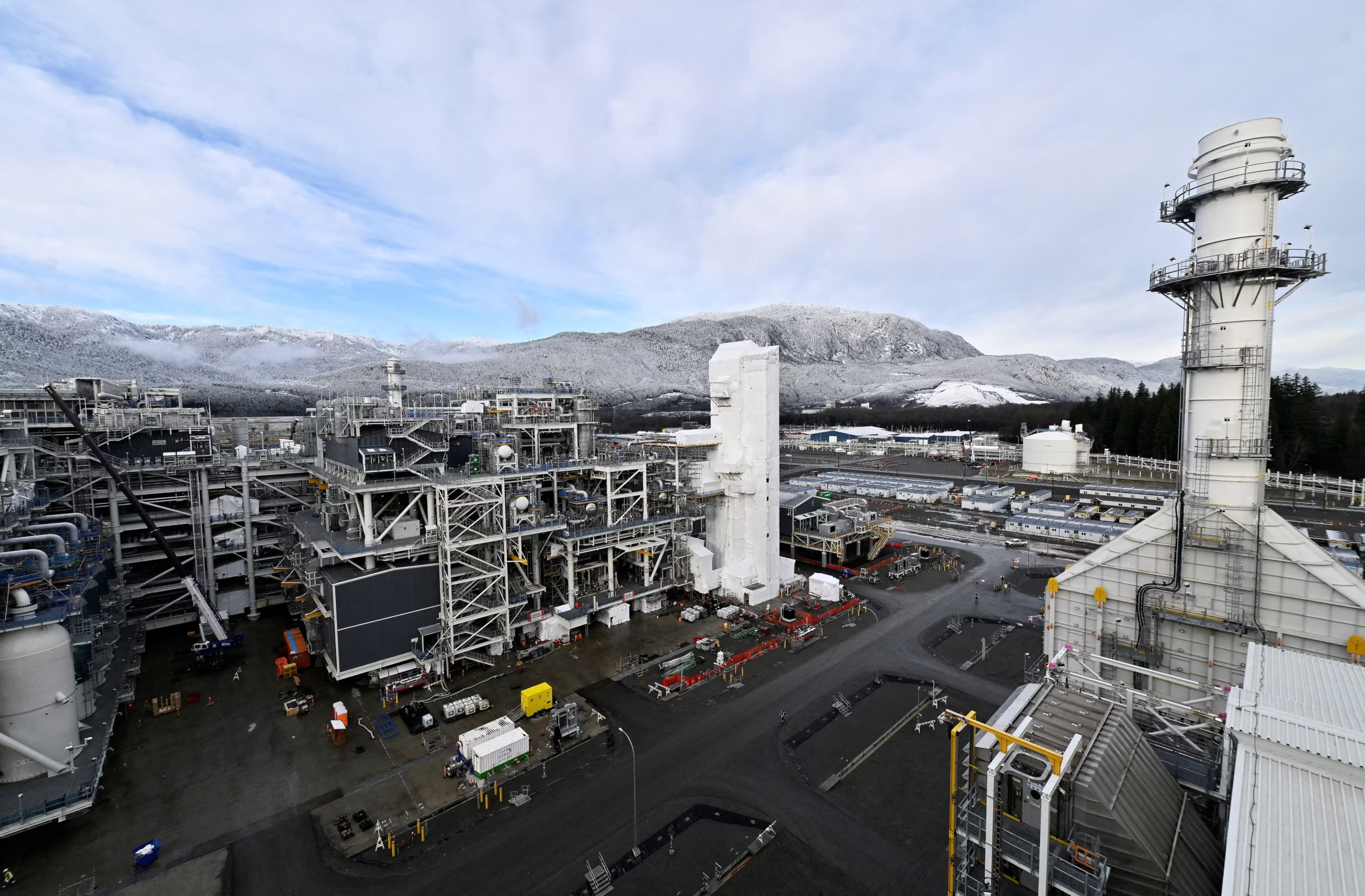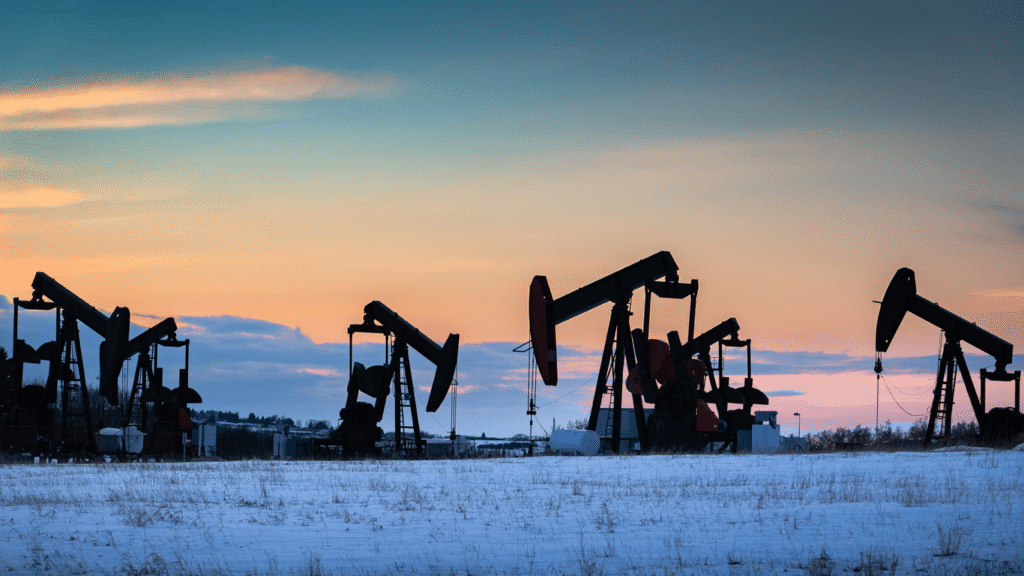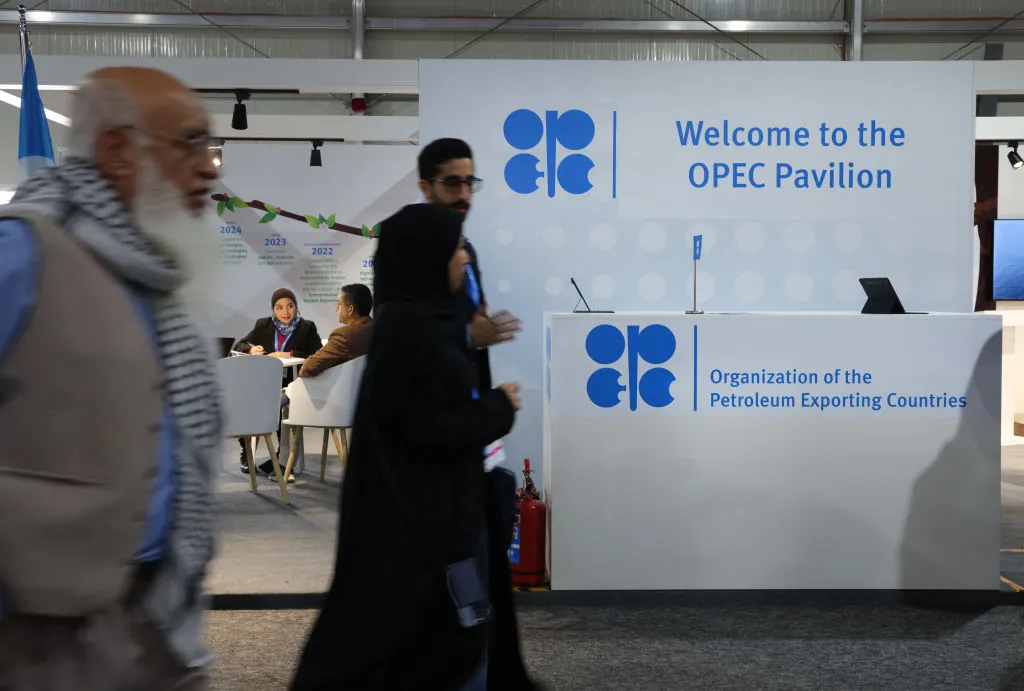Canada Bets on Natural Gas With West Coast LNG Expansion

In a striking pivot that signals renewed confidence in fossil fuels, Canada has approved the development of a new liquefied natural gas (LNG) export terminal on its west coast. The project, backed by both domestic and international energy firms, is set to position Canada as a major player in the global LNG market while raising questions about the country’s climate commitments.
Located in British Columbia, the terminal is designed to export millions of tons of LNG annually to Asian markets, where demand for cleaner-burning fossil fuels remains high amid energy security concerns. The project is expected to create thousands of construction jobs and contribute significantly to Canada’s GDP, offering a boon to regional economies.
Supporters argue that Canadian LNG offers a lower-emission alternative to coal in importing nations, and they stress that this project aligns with global energy transition goals. “If countries are going to use natural gas, they should use the cleanest gas available,” said one government official familiar with the deal.
Critics, however, see the terminal as a step backward in Canada’s efforts to achieve net-zero emissions by 2050. Environmental groups have voiced alarm over the potential long-term carbon impact, warning that infrastructure of this scale locks in fossil fuel reliance for decades.
With global tensions reshaping energy alliances and prices, Canada’s decision illustrates how economic and geopolitical pressures are reviving fossil fuel investments—even in nations that have pledged aggressive climate action. As construction begins, the world will be watching how Canada balances energy exports with environmental accountability.

















